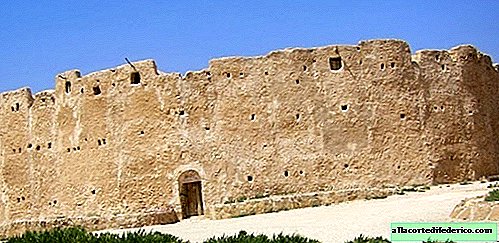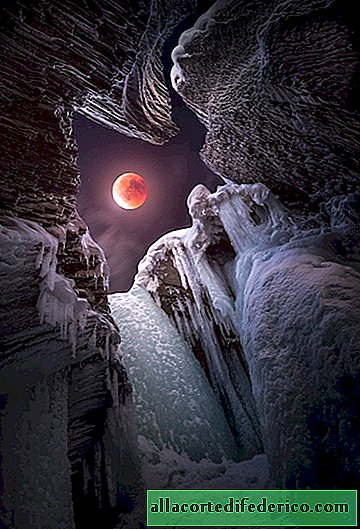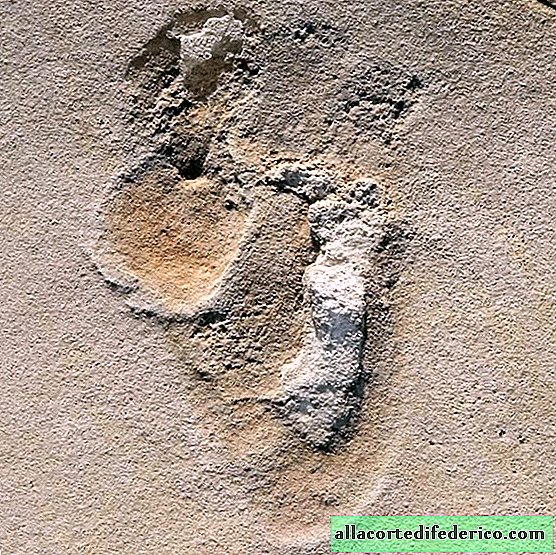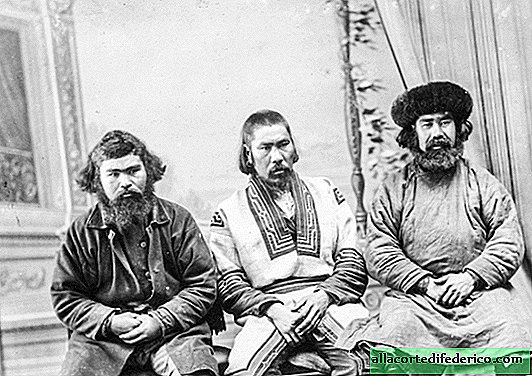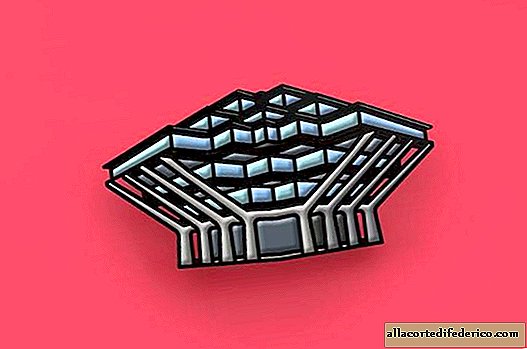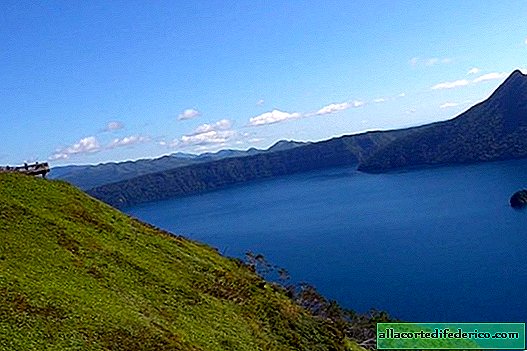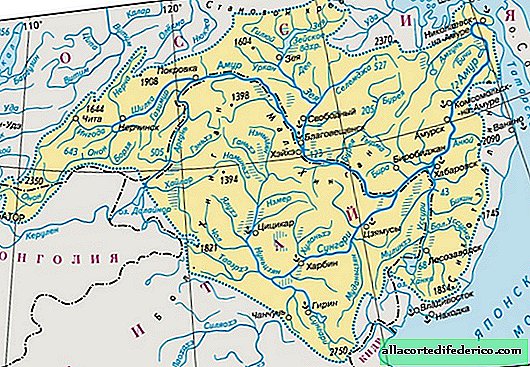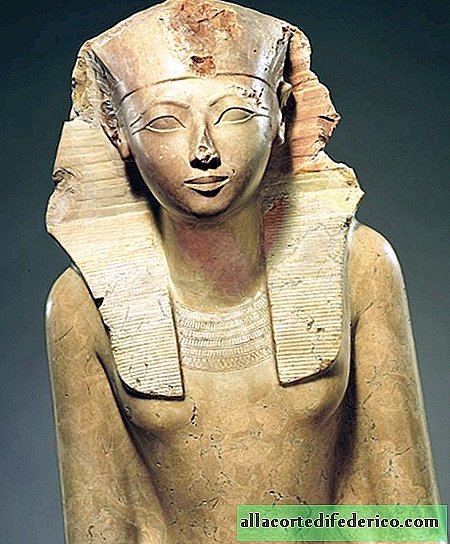Hiroshimites - strange artifacts born of the flame of a nuclear bomb
The atomic bombs that hit the notorious Japanese settlements of Hiroshima and Nagasaki in the summer of the 45th, will forever remain a terrible tragedy for everyone. The results of that attack were reflected not only in the lives of people, the consequences did not pass by ecology and even geology. When the geologist Mario Wannier, along with other researchers, came to the country to study the sandy shores closest to Hiroshima, they came across amazing particles that seemed to be made of glass. They were among the sand and represented a variety of forms, but most often they were small balls.

Already in the laboratory, scientists found out that these formations gave rise to the flame of that same atomic explosion. As a rule, such inclusions are found near volcanoes, because to create them you need a temperature of about two thousand degrees. As for Hiroshima, here glass balls were found tens of kilometers from the epicenter of the explosion.

The find was called hiroshimit. During a more detailed analysis of the contents of the balls, a terrible discovery was made. As it turned out, the objects of research consist of particles of rubber, metal, concrete, organic substances and other things. In other words, everything that was close at the time of the impact scattered into the smallest particles, which were permanently glued and stored in the form of chirosimites.

By the way, similar artifacts were also found next to the old American nuclear test sites. They were called trinitites, since the first atomic bomb test on the planet was called Trinity.



